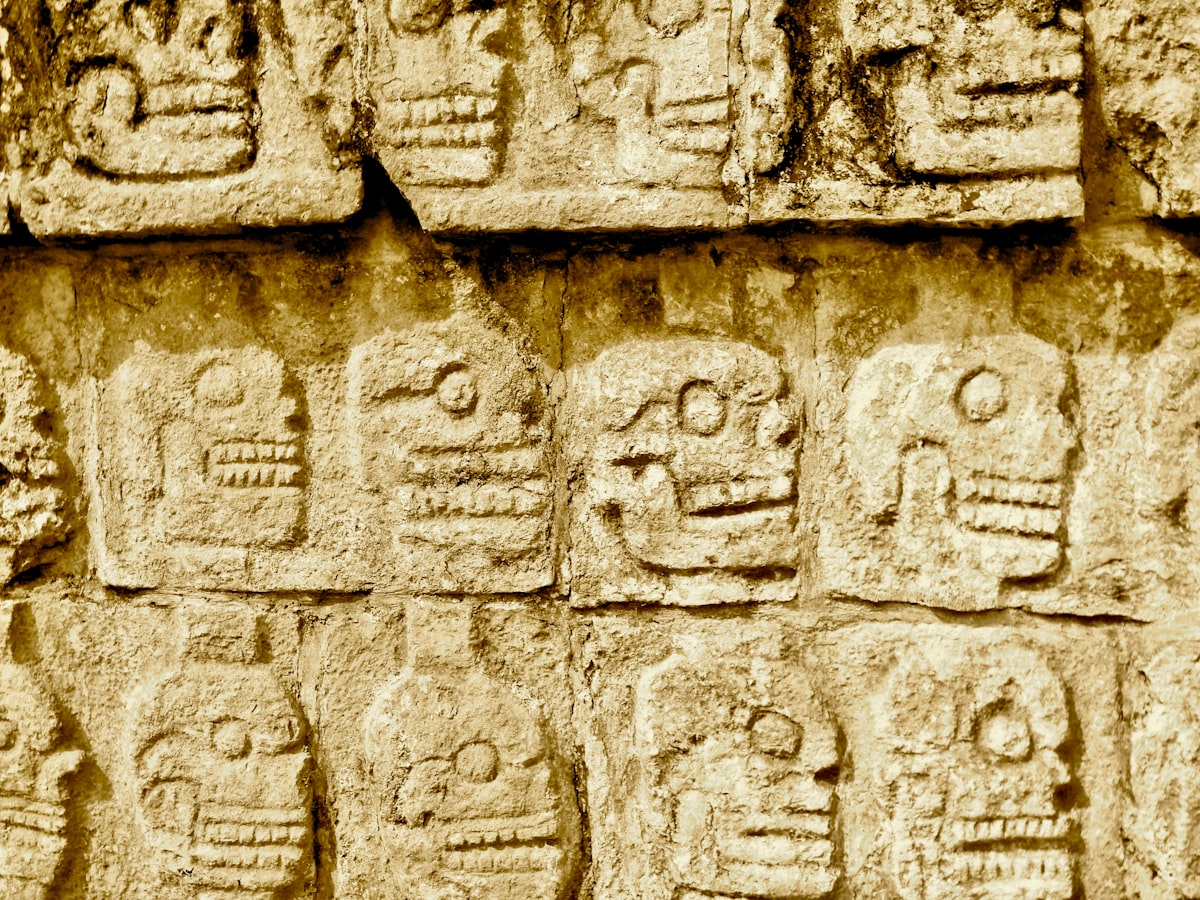Archaeologists reveal remains of Mayan city X'baatún
Mexican and Spanish researchers reveal the greatness of Maya city X'baatún where the remains of walled palaces were found, near an ecotourism park.

A group of Mexican and Spanish researchers reveals the greatness of X'baatún, the archaeological zone where the remains of a Mayan city of walled palaces are located in an ecotourism park in Yucatan.
This ancient Mayan city was discovered in the nineties of the last century in an almost virgin forest, between cenotes and lagoons of the Oxhuatz ecotourism park, in the Yucatan municipality of Tekal de Venegas.
The Spanish Juan García Targa, a researcher at the University of Barcelona, says that the site is like a paradise because it has a cenote with transparent waters:
"It's a fantastic place that also has traces of being a hacienda."
X'baatún, which in the Mayan language means 'place where water is collected', was discovered by specialists from the Mexican Autonomous University of Yucatan and the Spanish universities of Barcelona and Santander.
Among its buildings there is a ball game, a pyramid 15 meters high "and constructions that we interpret as palaces with rooms at the top, everything is around an Aguada (lagoon). Regarding the fauna that is possible to observe turkeys, parrots among other types of birds, as well as mammals, trees of fruits in danger of extinction like the bonnet "and nocturnal camping can be organized."
In X'baatún it can be observed that in the last phase of occupation, construction material was used to wall part of the site. In X'baatun a type of megalithic architecture is observed, of large stones with cornices that show an influence of Izamal, a nearby Mayan center. In two or three years you can already have a general view of the archaeological zone and you can already determine if in what seem like palaces "rituals or usual activities of the Mayan cities were carried out".
García Targa reveals that although X'baatún could not be explored in-depth "we noticed that some constructions of that site are like small replicas of those in Izamal". The Mayans walled the central area of some buildings for various circumstances, either by danger or attack from other neighbors. Its inhabitants benefited from the abundant natural resources of the place and cultivated corn, beans, and squash, as evidenced by the remains of seeds found.
The history of the search for this lost paradise of the Mayans began when García Targa himself was part of the Izamal Project and participated in a topographic survey of X'baatún. "In 2006, he did other research with colleagues from the Autonomous University of Yucatán and in 2018 he requested permission from the National Institute of Anthropology and History (INAH) for the X'baatún research project, which was granted "after a series of administrative procedures that included project reports and the curricula of the participants who come of Barcelona and the UADY. "Then, the researchers only worked three days," because we did not have many resources, so we just did another topographic survey and anthropological reports and interviews with the ecotourism plan people run by ejido owner Manuel Chan Chi.
Currently, the farmers make "sustainable, serious, rigorous and respectable use of nature by taking tourists who do not only want to see the sun and beaches or popular sites such as Chichén Itzá.
"People who want to see a different and fantastic Yucatan go to Oxhuatz."
The project is still in the dissemination stage and hopes that researchers like Carmen Varela, from the University of Santander, will join together to find resources to work in the area.
"We are trying to coordinate with the Yucatecan colleagues to optimize resources and do an integral job, following the norms established by the INAH Yucatán Center".
In the first stage, they received resources from the Palar de Barcelona Foundation, "a very amateur pharmacist who gives research money abroad to Spanish universities".
Now awaits a new Palar call to request resources and is seeing the support of other private sponsors of Spain and Mexico, such as Fundación Cultural Banamex to do decent and continued work in Yucatán.




